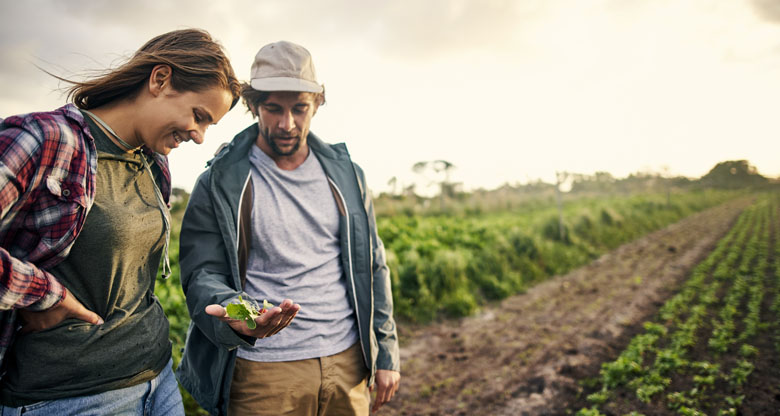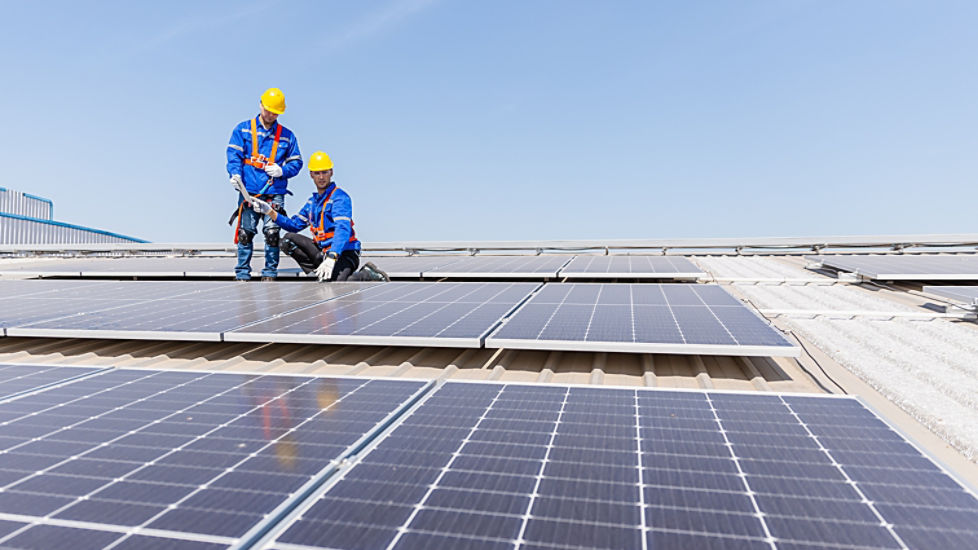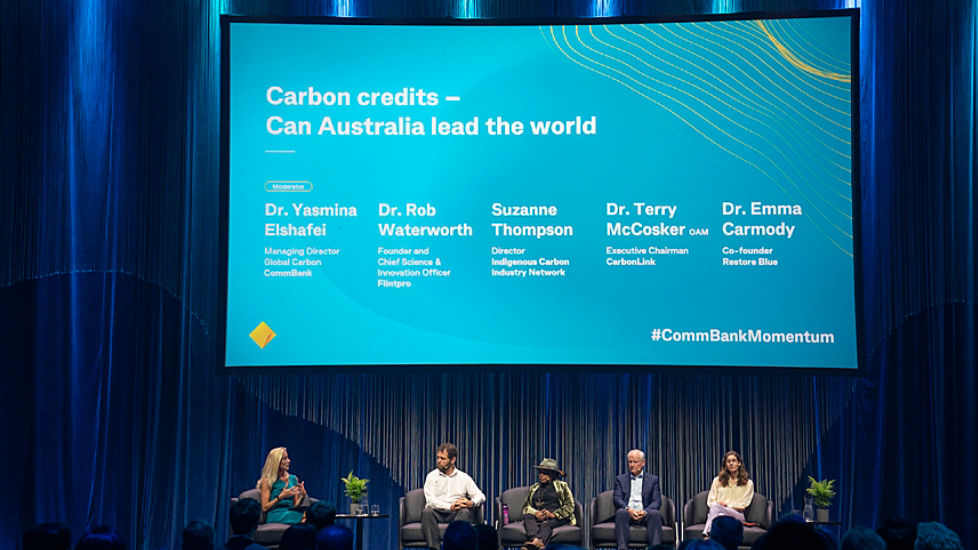Carbon markets and carbon farming have been growing over the past decade, and there continues to be opportunities for farmers and business owners to utilise carbon farming not only to unlock income streams, but to achieve productivity and profitability gains on their farms.
But a lot of agribusinesses – small and large – don’t know where to start.
What is carbon farming?
CommBank’s General Manager of Agribusiness, Carmel Onions, says there are two main categories carbon farming can fall under – sequestering more carbon out of the atmosphere and into the landscape, or methods to avoid adding more emissions to the atmosphere.
“Sequestering involves capturing additional carbon dioxide into the farm landscape via photosynthesis from a new practice change on farm. The easiest method to understand this is planting new trees or adopting new ways to enhance your pasture. Plants need carbon dioxide for growth and soils need carbon for productivity,” Onions says.
“Reducing your emissions involves implementing practices that directly reduce release of greenhouse gases on farm. This could be via herd management and genetically breeding your cattle or changing stock management practices to reduce the methane produced per kilogram of liveweight. Or in Northern Australia, land and fire management practices can be undertaken to reduce the intensity of summer fires that normally burn at the end of the dry season.
“Depending on your type of farm, and where you are on your carbon farming journey, there are a range of methods that can be used to generate carbon credits, which can be used to help reduce your own carbon footprint or be sold for additional income.”
What does carbon farming look like in Australia?
The Federal Government's net zero plan, titled "The Australian Way", forecasts that up to 17 million tonnes of carbon dioxide equivalent could be sequestered in soil carbon projects by 2050, generating $400 million in additional revenue for landholders.1
Onions says the majority of new carbon farming projects registered in Australia in the past few years have been related to soil carbon and is one of the six priority low-emissions technologies identified in the government’s net-zero plan.
Matthew Warnken, Managing Director at soil carbon project developer AgriProve, agrees that soil carbon farming is a valuable resource for farmers if it is done right, and they partner with the right advisers and technology.
“We look to take away the administrative side of soil carbon farming from farmers. There is a lot of paperwork to get through, so partnering with carbon project developers, such as AgriProve, can help make the process a lot easier and simpler for agribusiness,” Warnken says.
Technology is also playing an increasingly important role in carbon farming, with Warnken noting that remote sensing satellite data is helping farmers get a quicker idea on their soil profiles.
“Before, farmers were only able to get data on their soil health around every five years, but now with the land data captured by satellites, combined with their soil measurements, we’re getting more accurate information on how soil profiles are changing on a weekly basis. The data is now right at our fingertips to use effectively, and efficiently, and gain a better understanding on our existing soil carbon levels, before the work to build carbon in the soil can begin,” he says.
A farmer’s perspective on carbon farming
Stephen Rennie, a Gippsland farmer who has been looking into carbon farming on his beef cattle property, says the key thing for him is ensuring that the process is scalable and viable over time. Rennie notes that there is not only consumer want and demand for products derived from sustainable practices, but business and financial partners are taking sustainable practices into consideration when valuing or looking to partner with agribusinesses.
"We want to make sure that the investment we were putting into the business to set this up would be viable in the future. And that all starts with measuring the right things so we're working from a solid base of data right from the beginning,' says Rennie.
“When we’re working in carbon farming, you need to measure different outputs than you usually would. Generally, we measure dollar outputs, but we’ve now started to capture kW data throughout our operation as well, and measure the amount of nitrogen we’re using in fertiliser, as an example,” Stephen says.
According to Rennie, all this provides a good base for farmers to understand the logical next step for them as a carbon farming business.
"We know that consumers are more and more valuing sustainable products, so our next step is validating this process and data with our networks and ensuring we're providing them with a product they'll continue to buy."
What’s ahead for carbon farming in Australia?
The Australian carbon market, and carbon farming in particular, is constantly progressing, says Lachlan Finch, CommBank’s Associate Carbon & Global Commodities.
“Australia’s carbon market is developing at an exciting pace. More companies than ever are looking at offsetting their carbon footprint, and there is plenty of enthusiasm and interest growing on the ground level with farmers. As participation grows and the market matures, Aussie carbon will play an increasingly important role in our economy – especially as we look towards net-zero emissions by 2050.”
What does this mean for farmers and agribusiness? As the number of businesses involved with carbon farming continues to grow, and there is more industry and government support, carbon farming will emerge as a strong contender for farmers to add to their income streams, and farmers will be able to have confidence that these types of programs can deliver a strong return on investment.
Onions adds that there is still work to be done to make the process of getting started with carbon farming simpler and easier for agribusiness. “There needs to be a clear set of steps outlined by government and industry to help farmers get started on this important journey, that in 10 years will most likely be an industry standard agribusiness.
“Tools such as CSIRO’s LOOC-C give farmers information on how their land and farming operations could be eligible for rebates under the Climate Solutions Fund (CSF), are really helpful and a good place to start, and I know other industry bodies are building on these so there will be more access for farmers to get started,” Onions says.
“The Carbon Market Institute is also a good resource for those looking for a place to start and get more information. The Institute works with banks, valuers, legal firms and agribusinesses to understand any risks while capitalise on opportunities in carbon farming.”
Looking to offset emissions, finance an emissions reduction project, or just need support with getting started in carbon farming? CommBank’s experience and capabilities can help you navigate this exciting market. Reach out to your relationship banker or contact us here.




